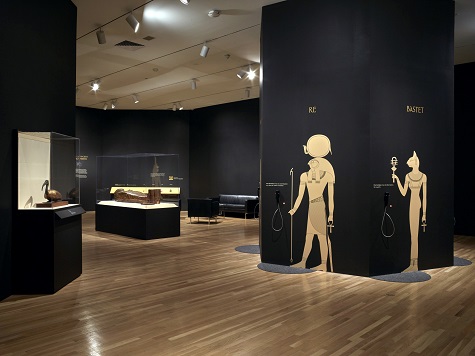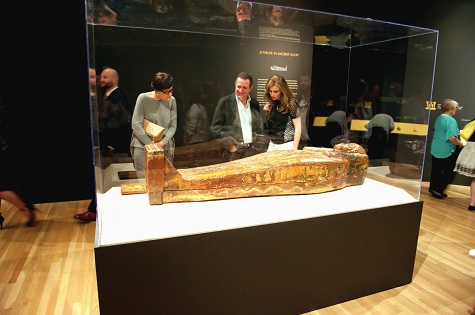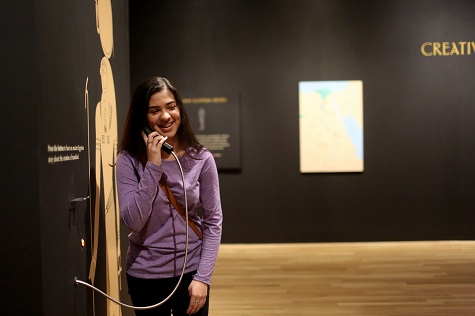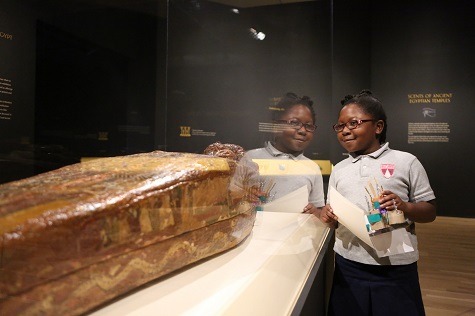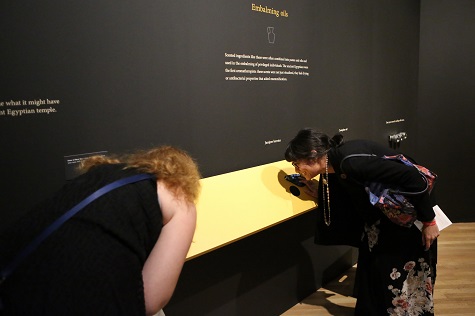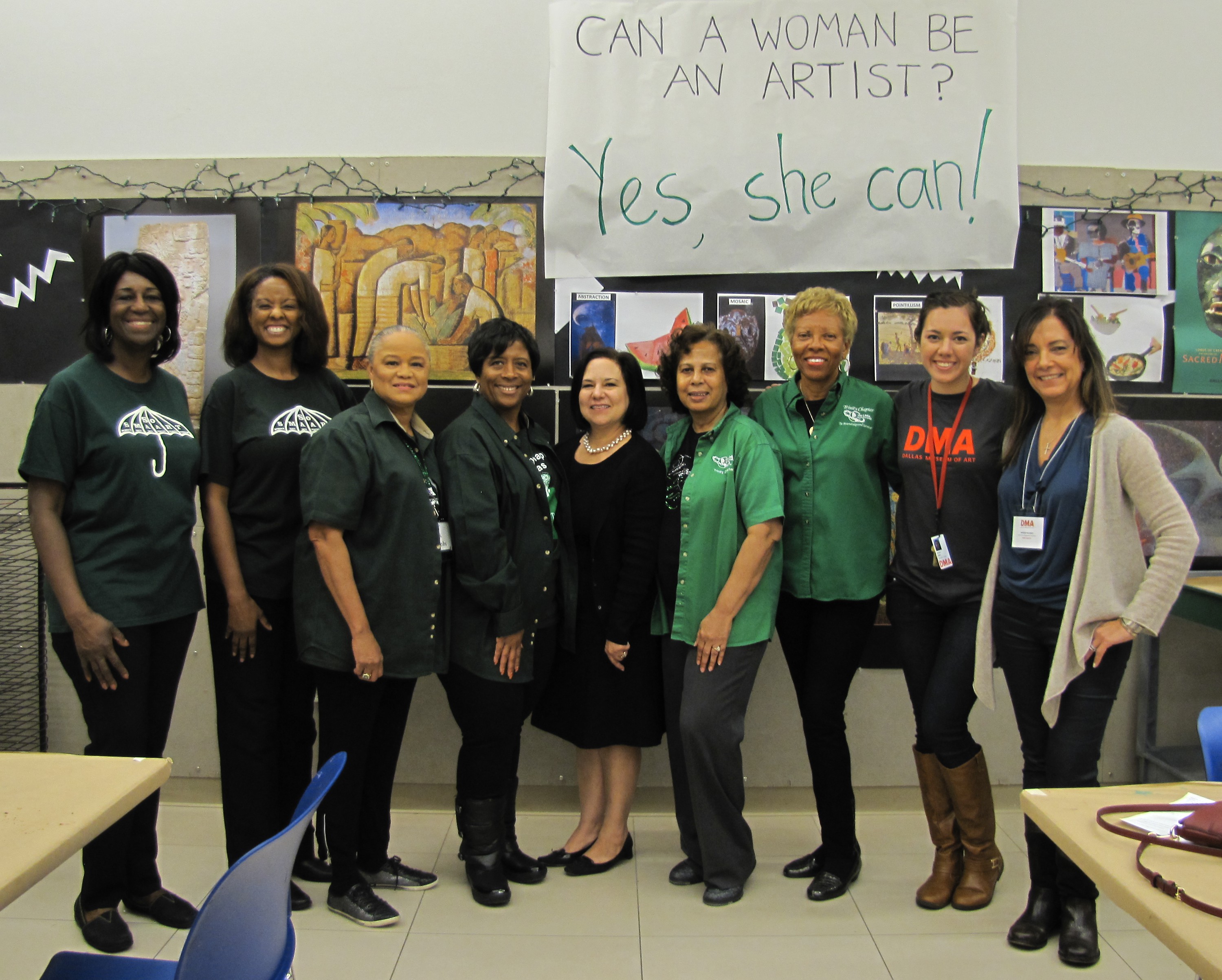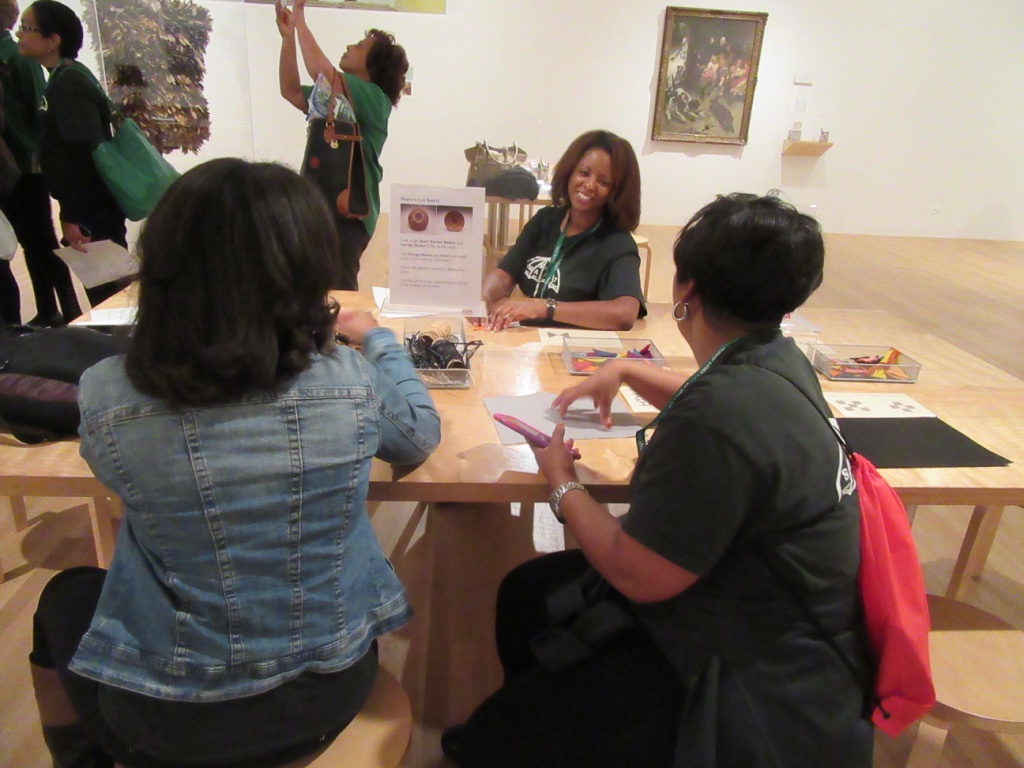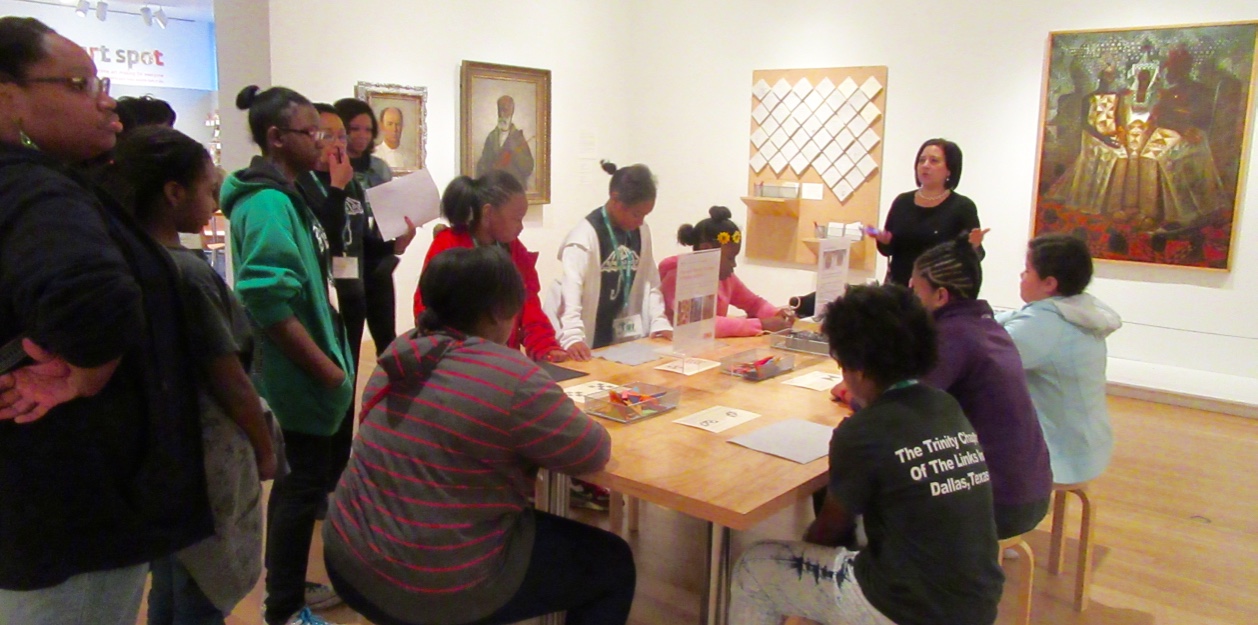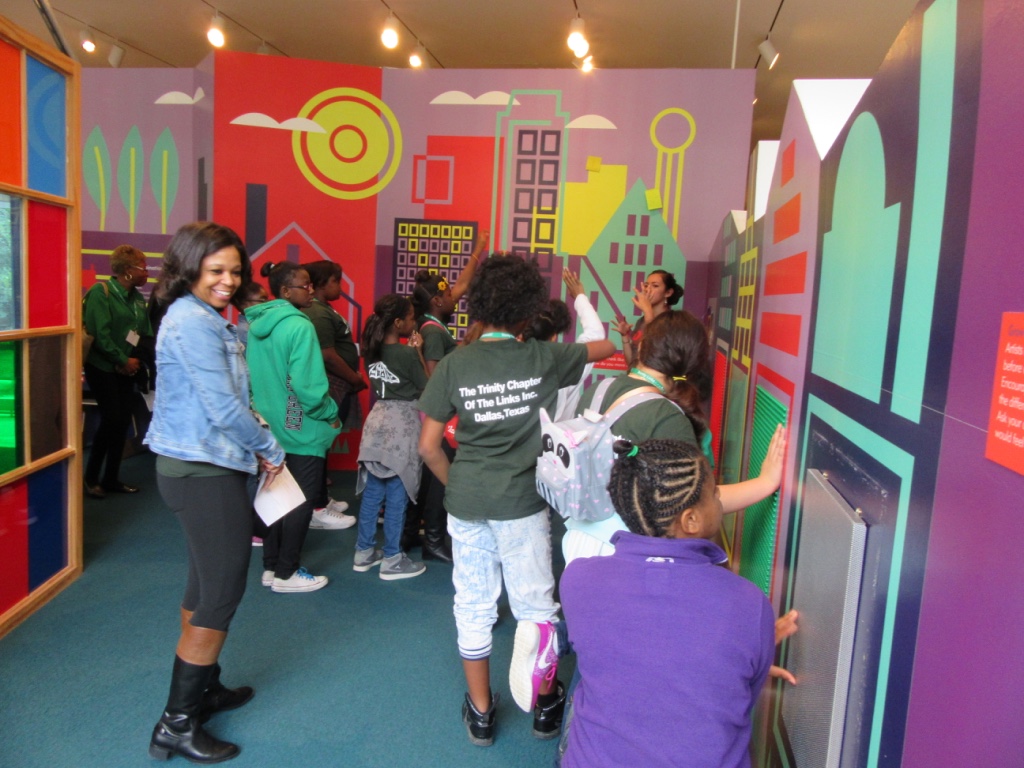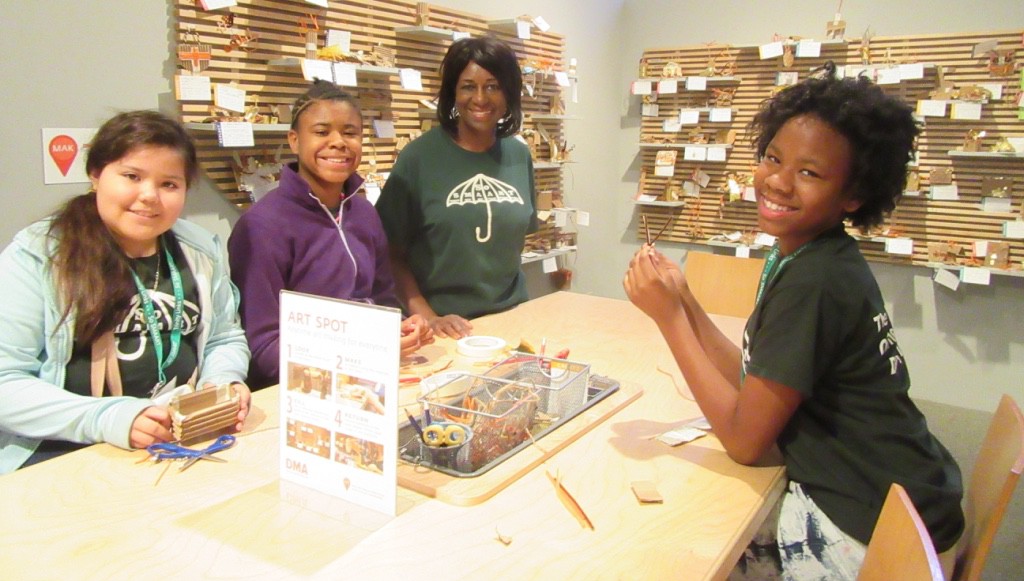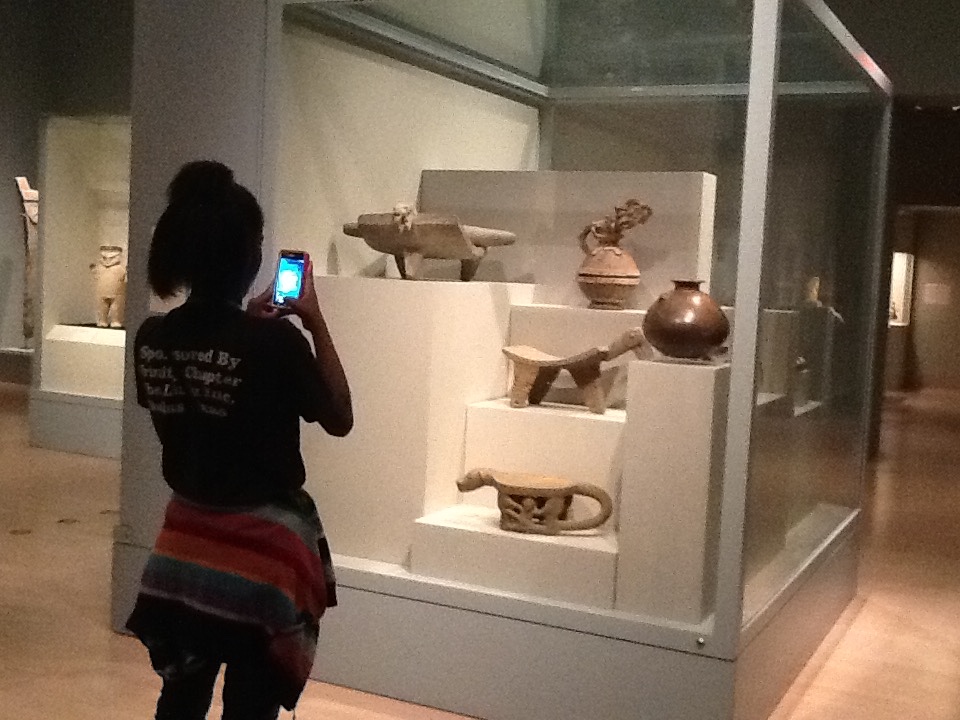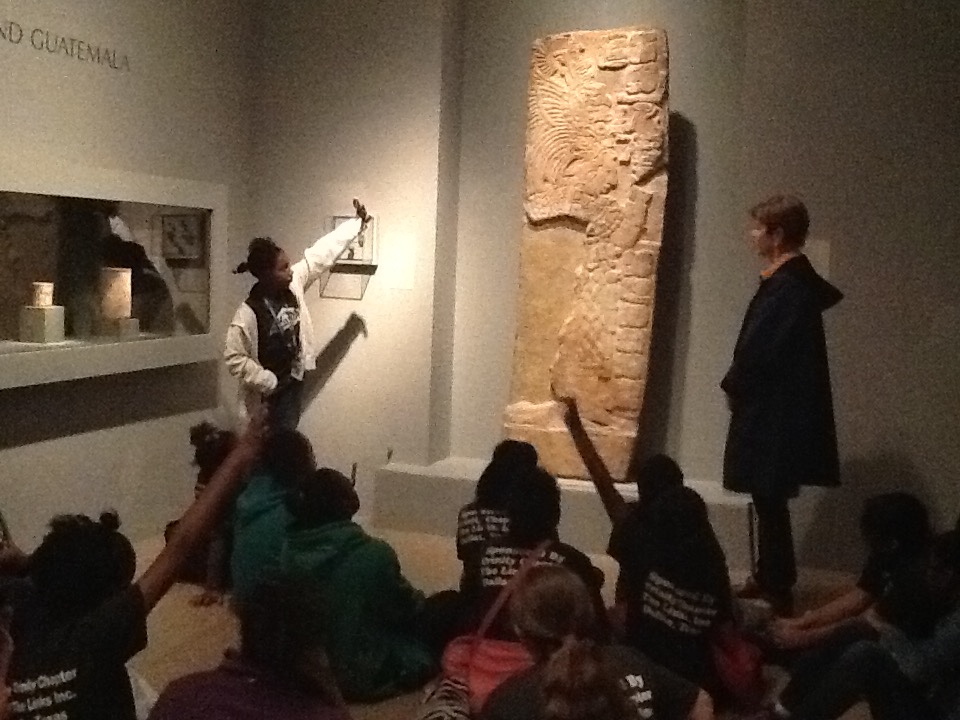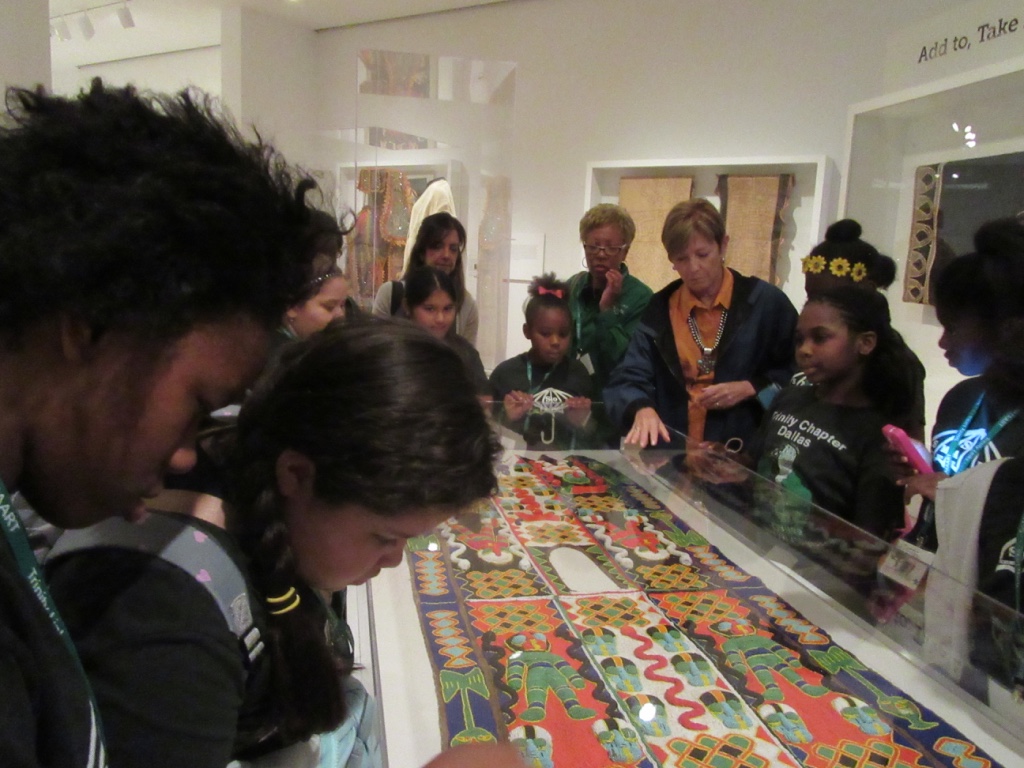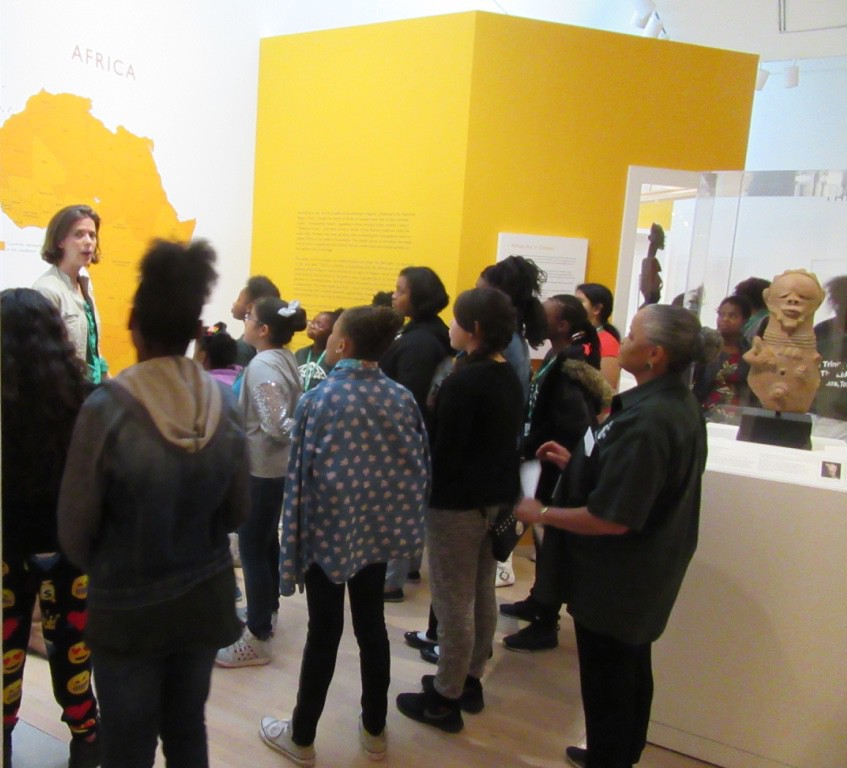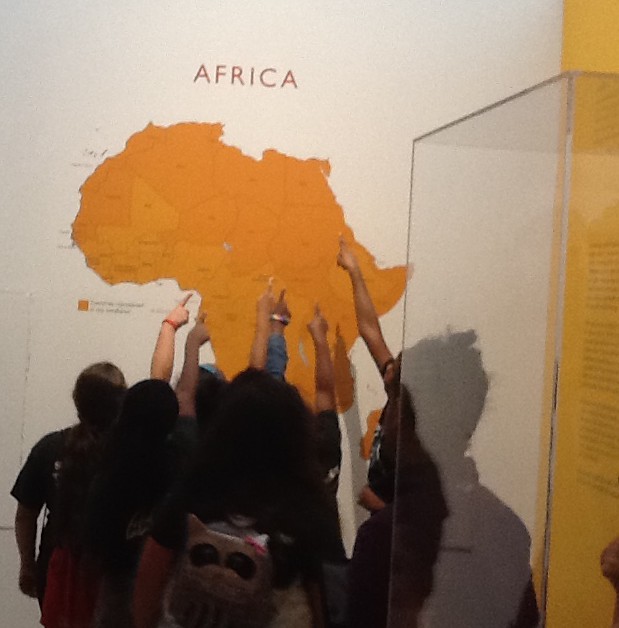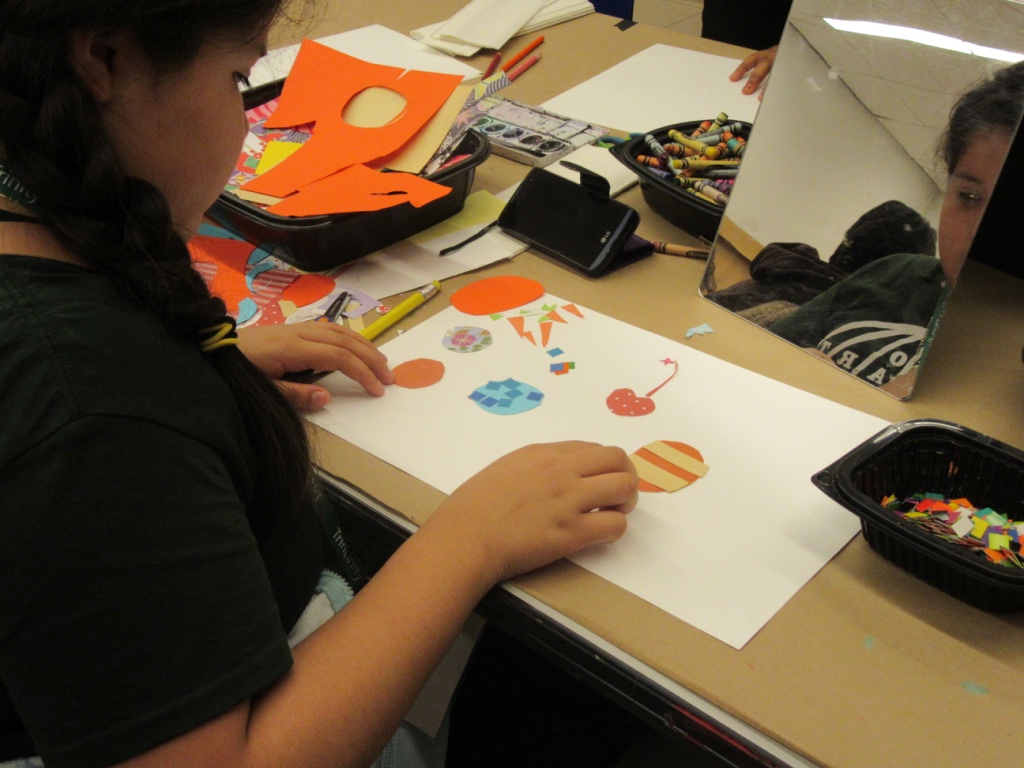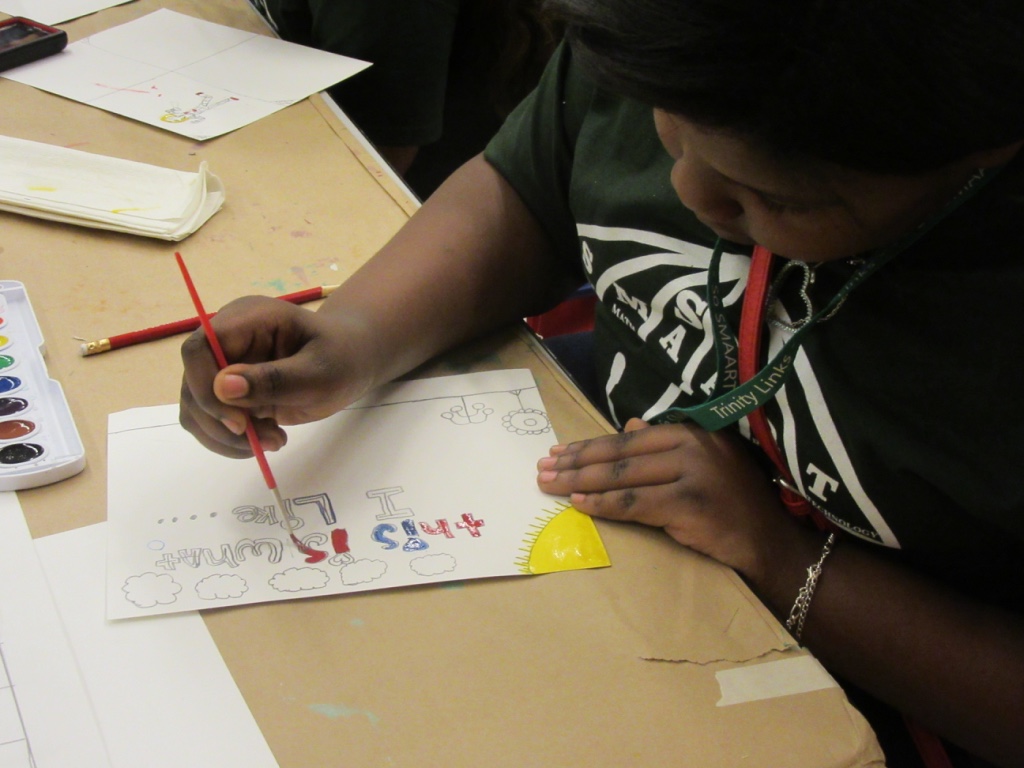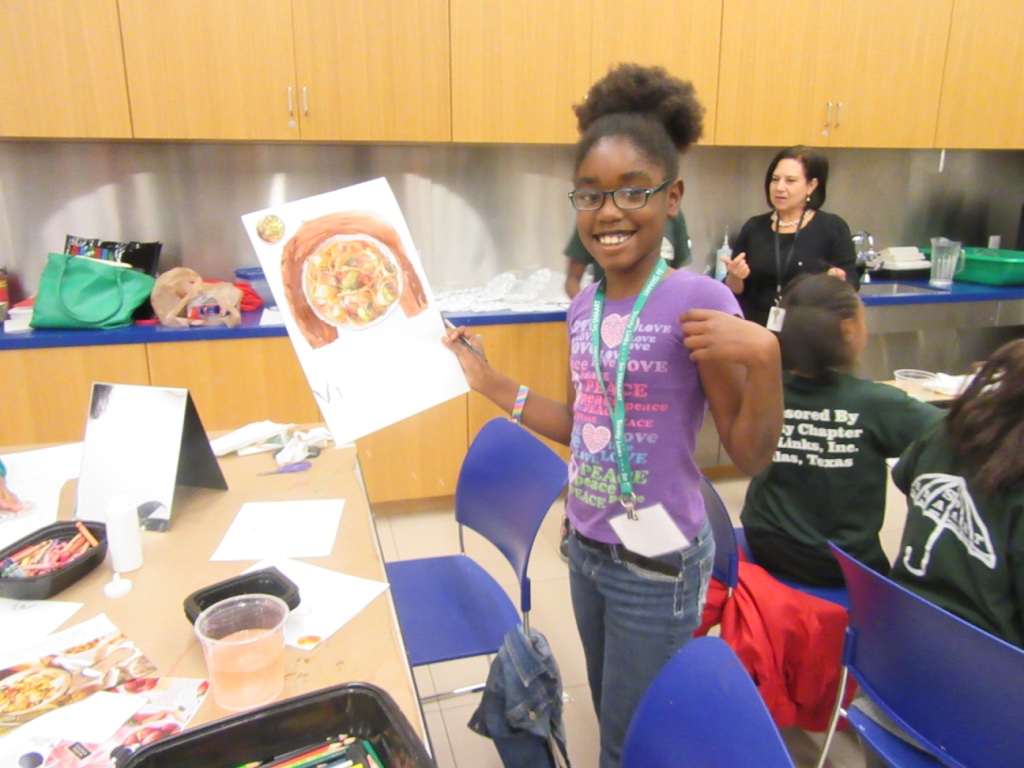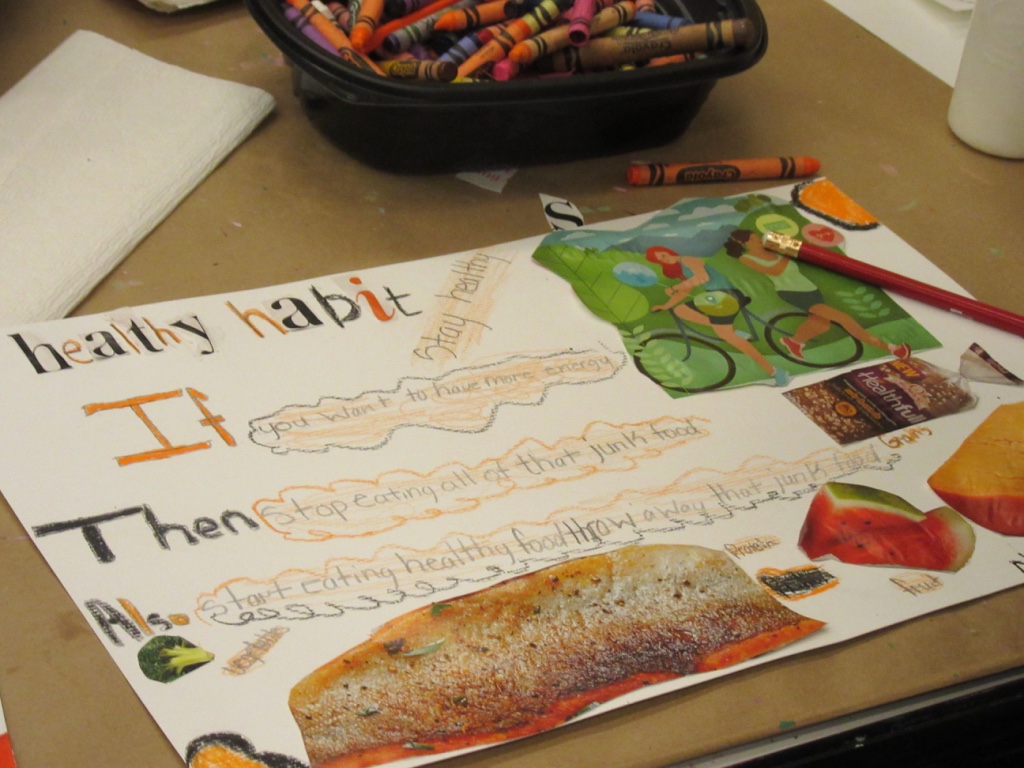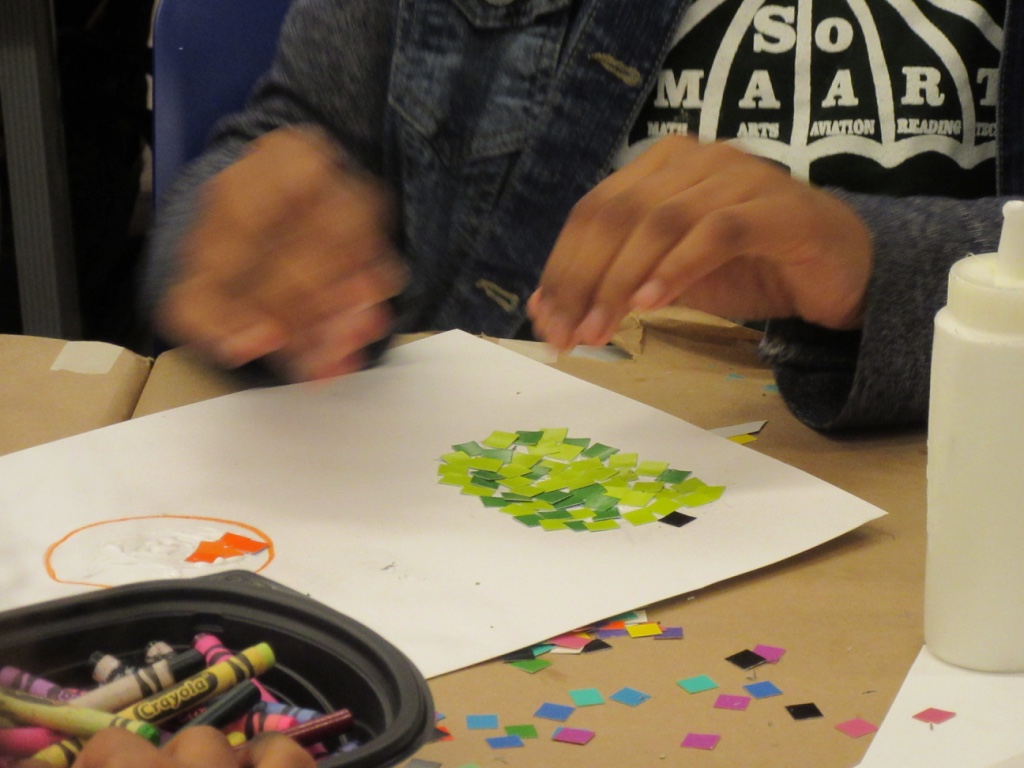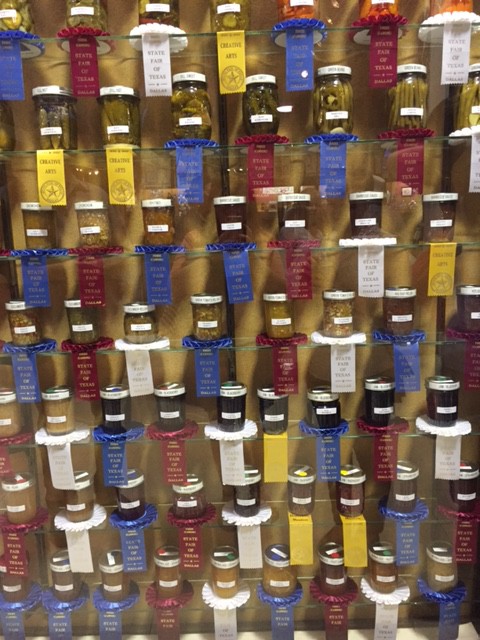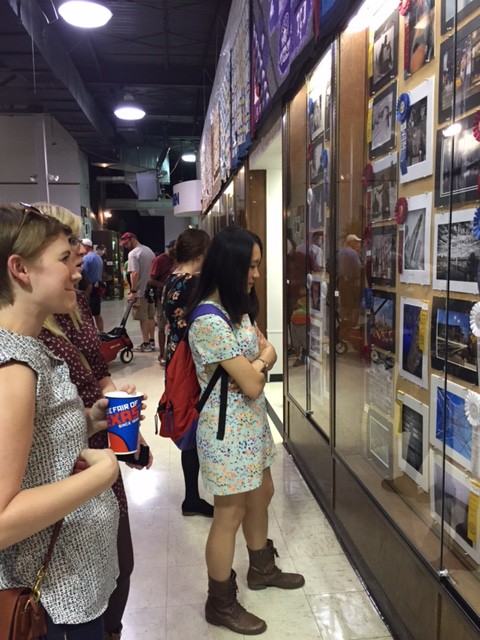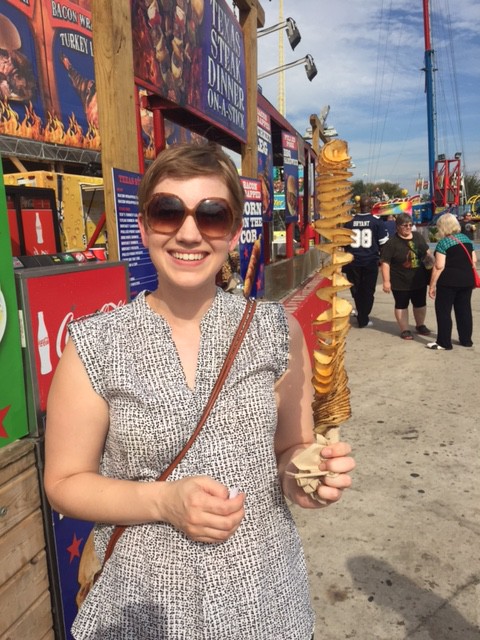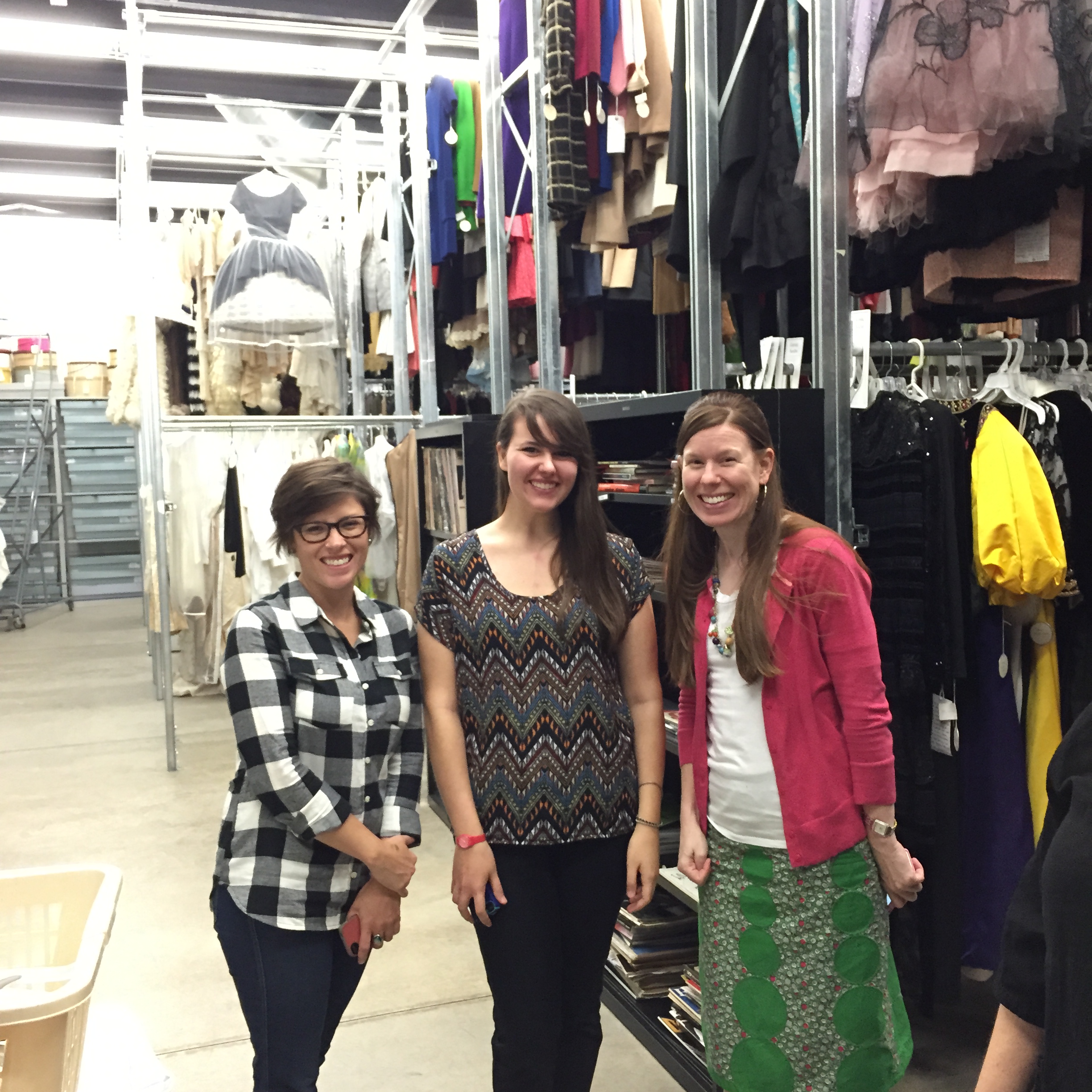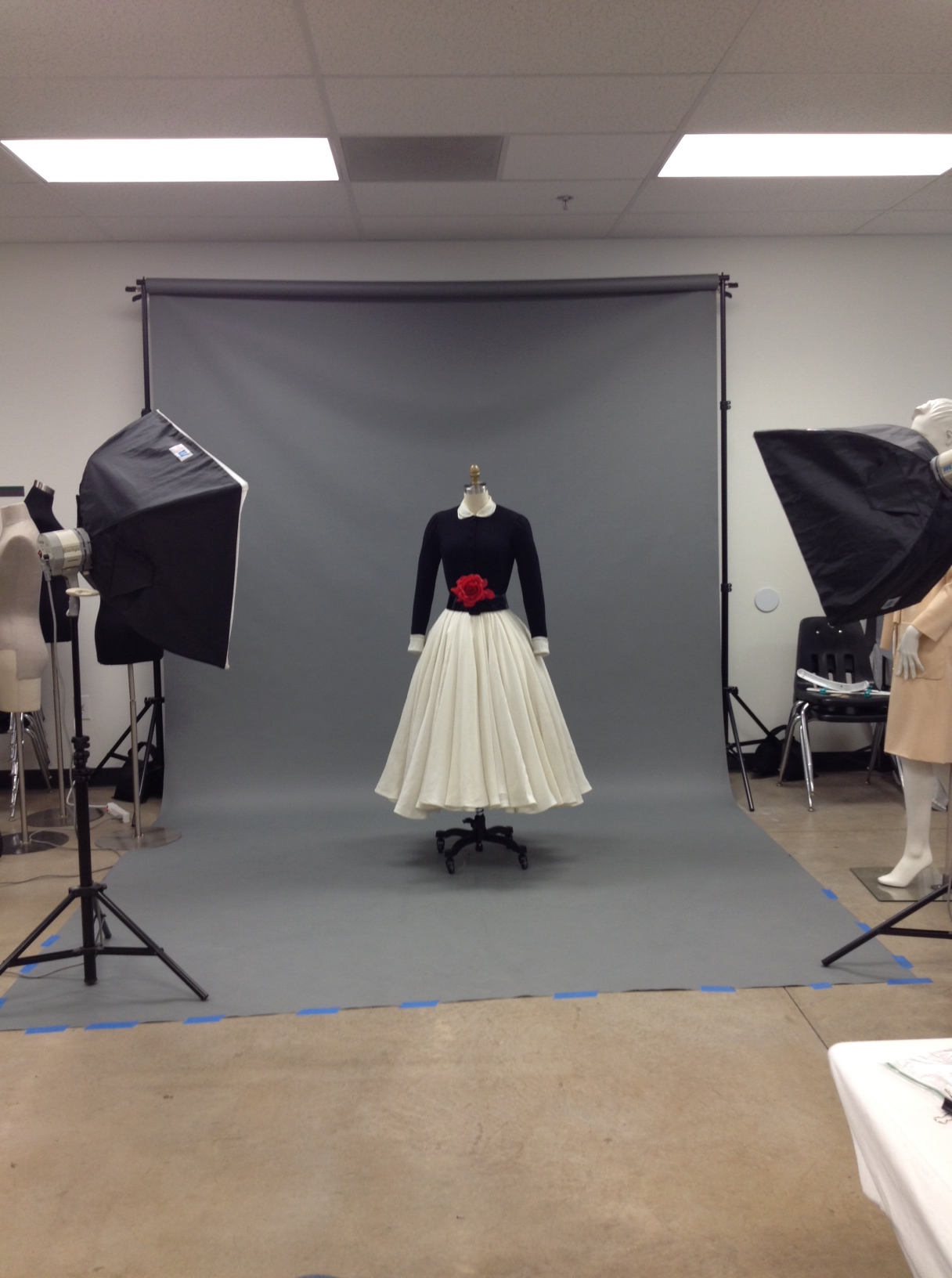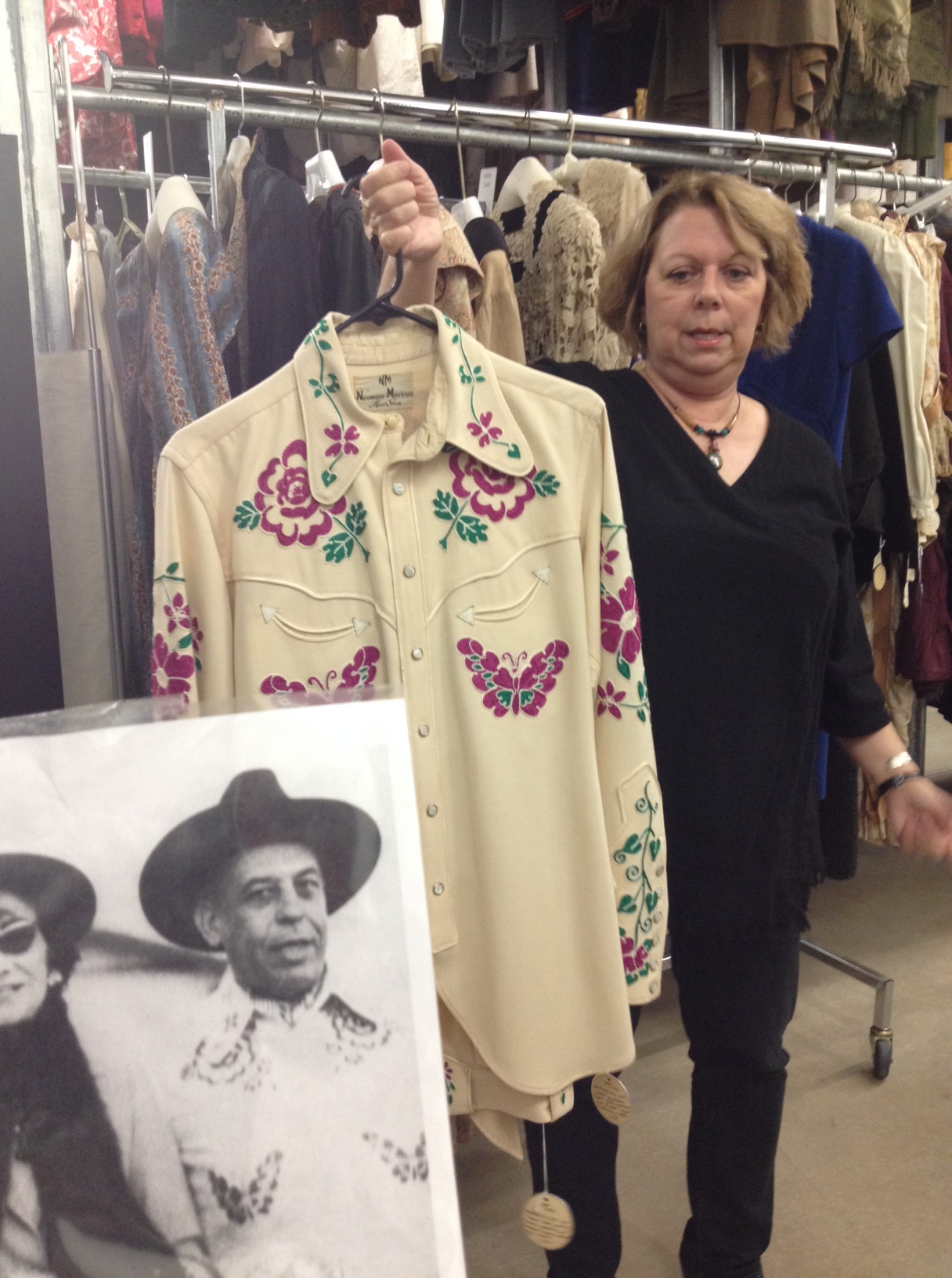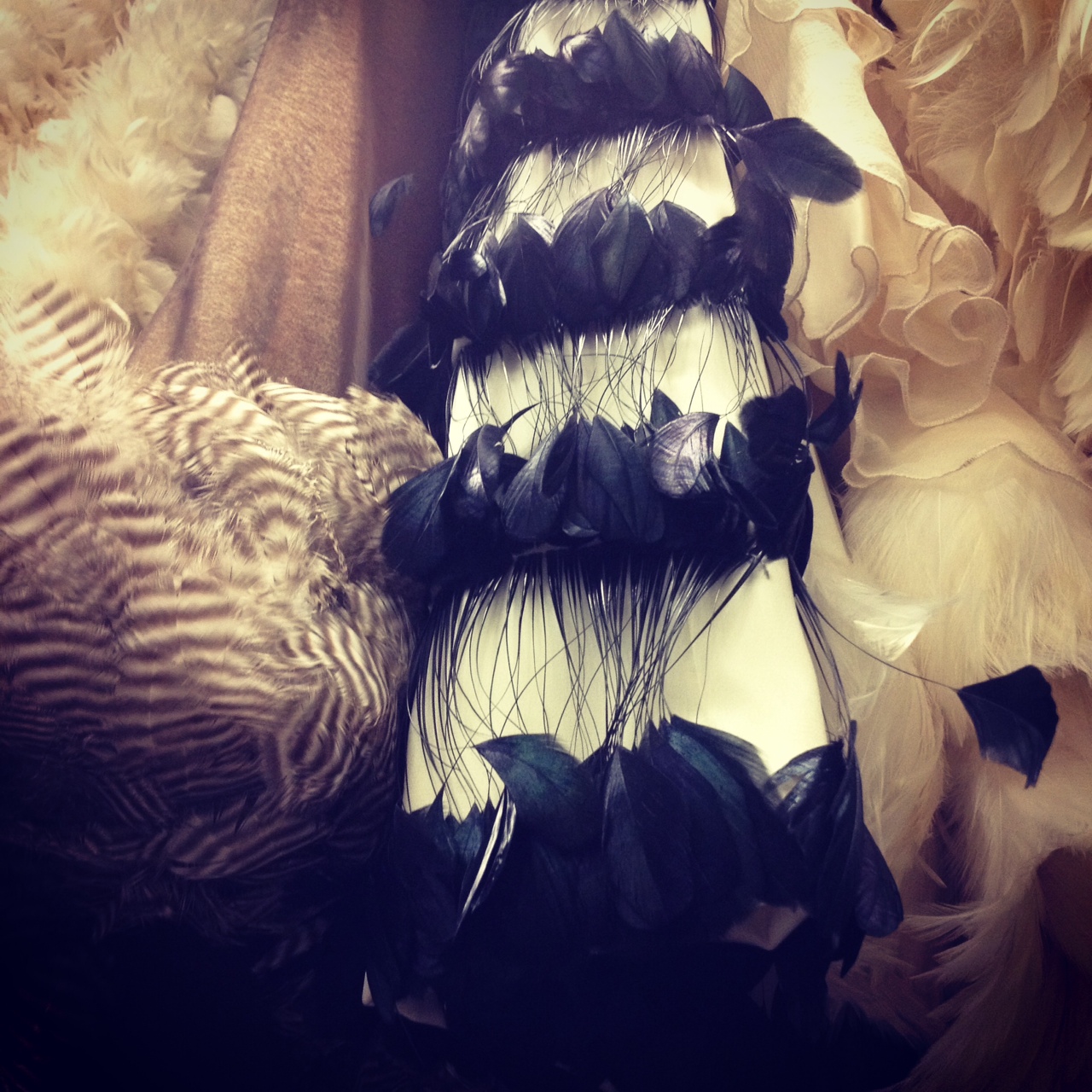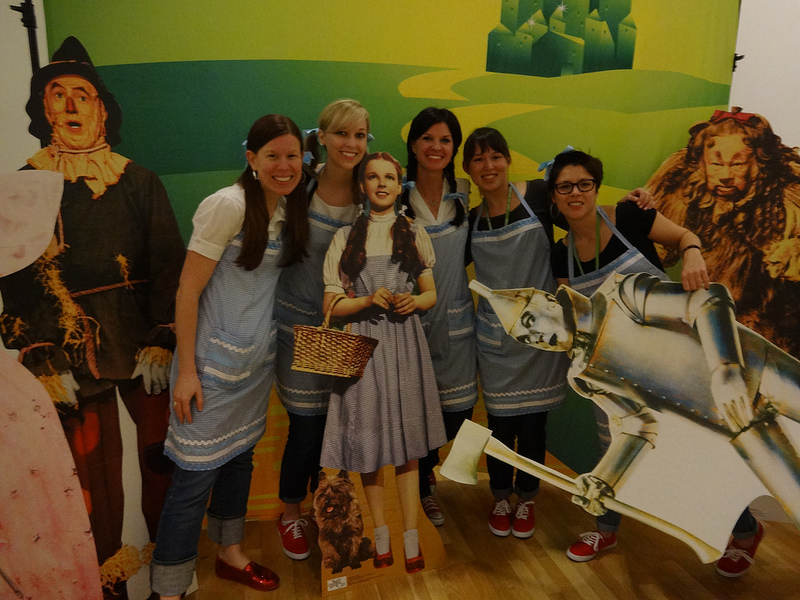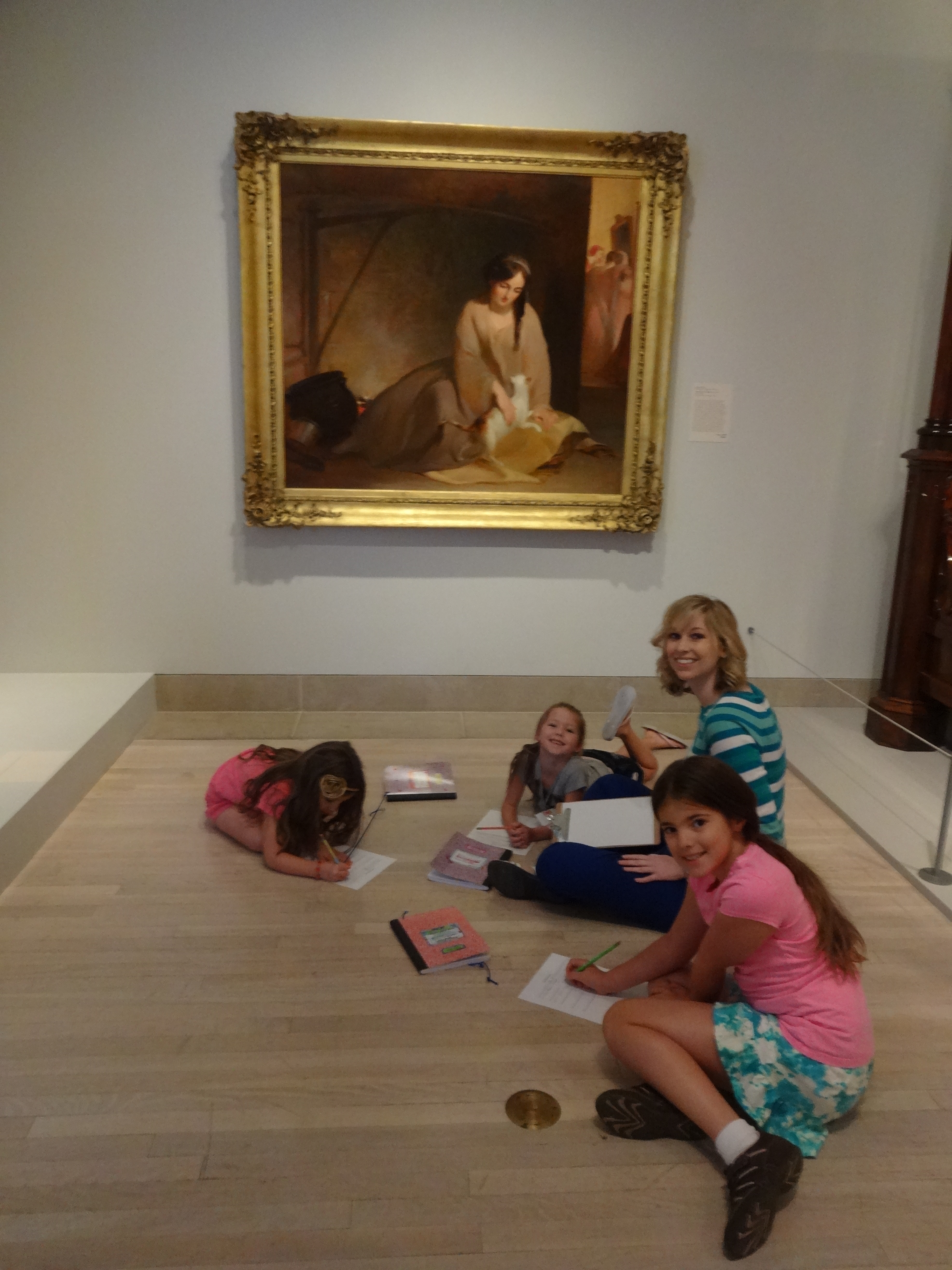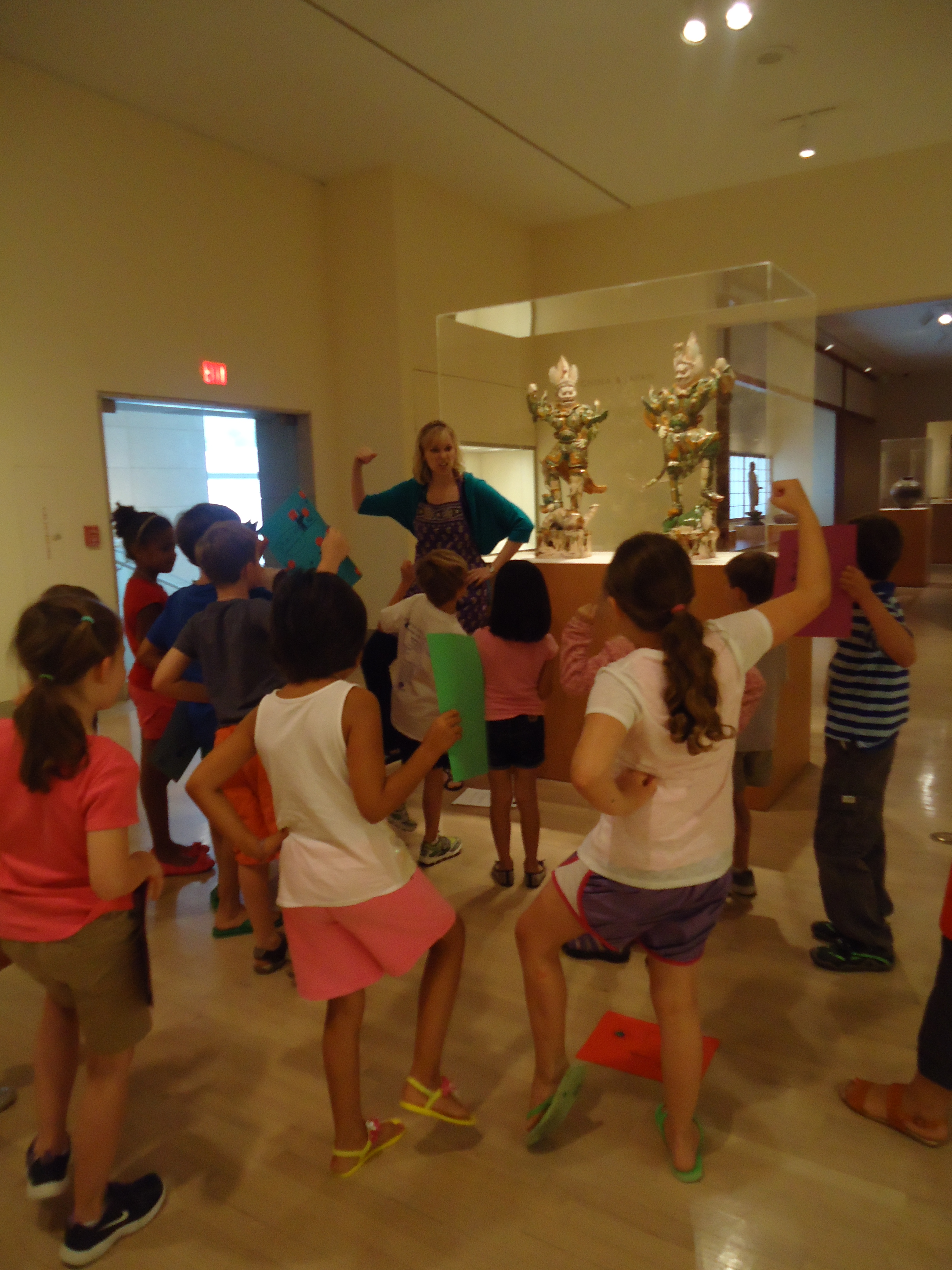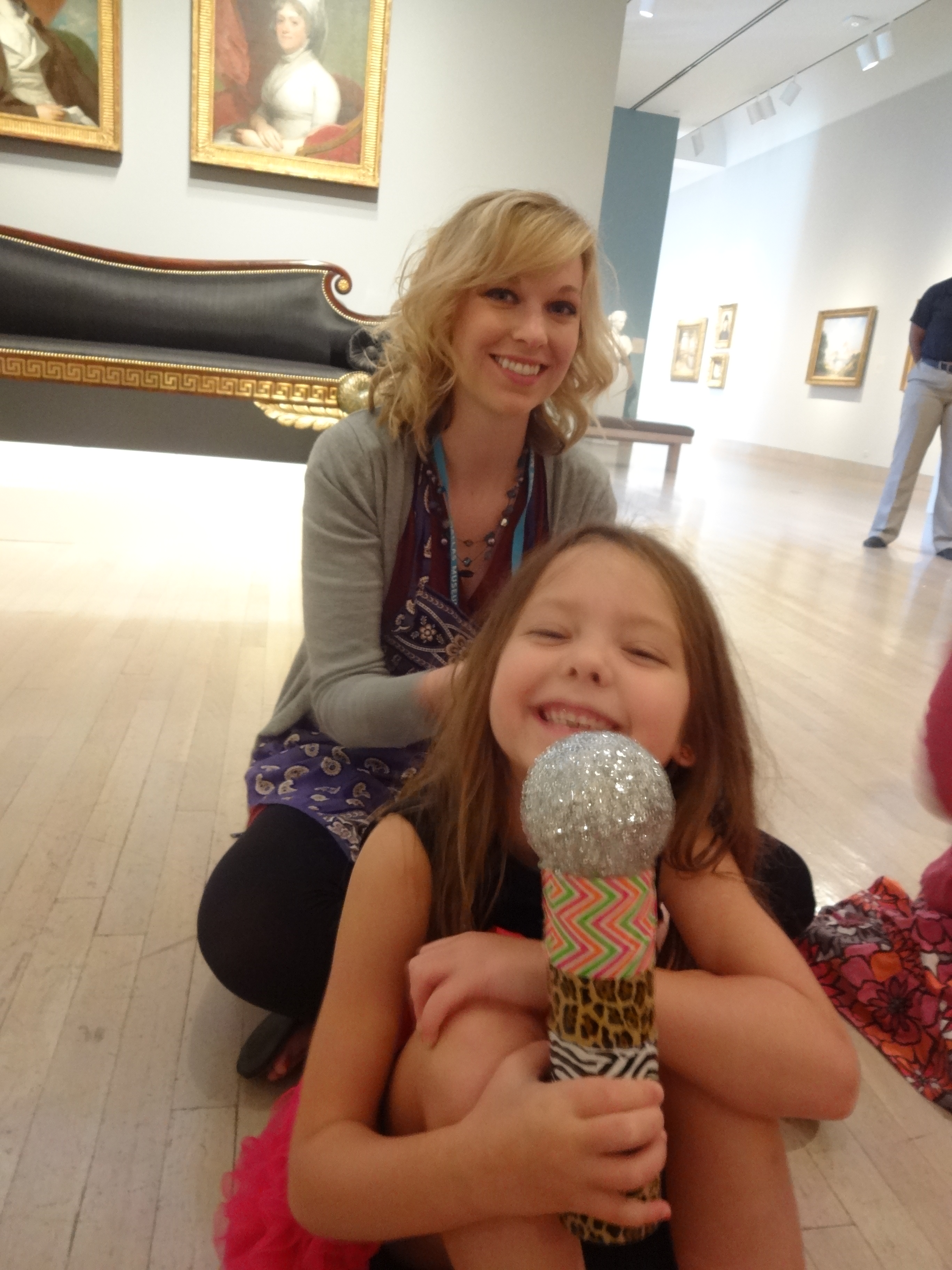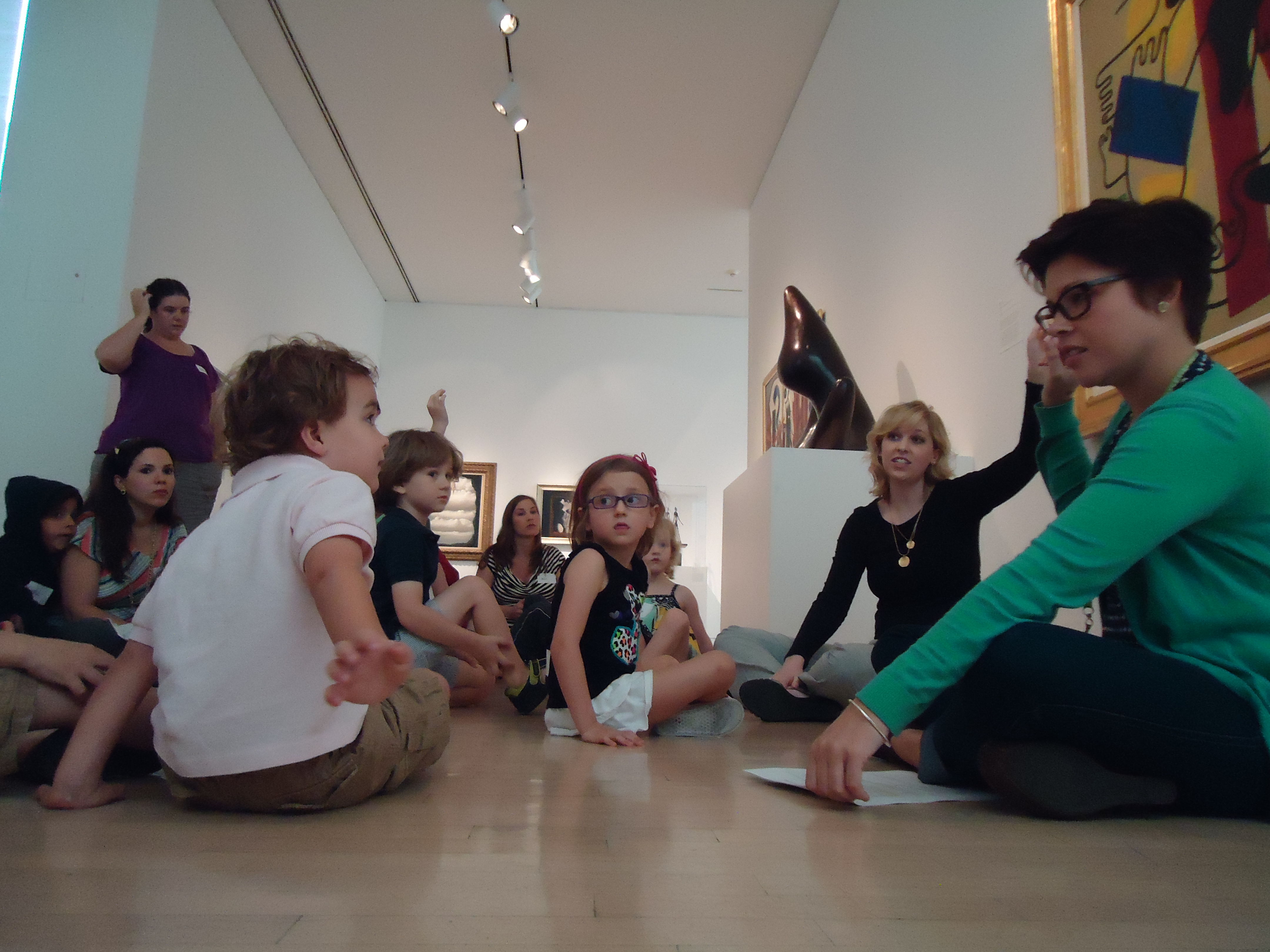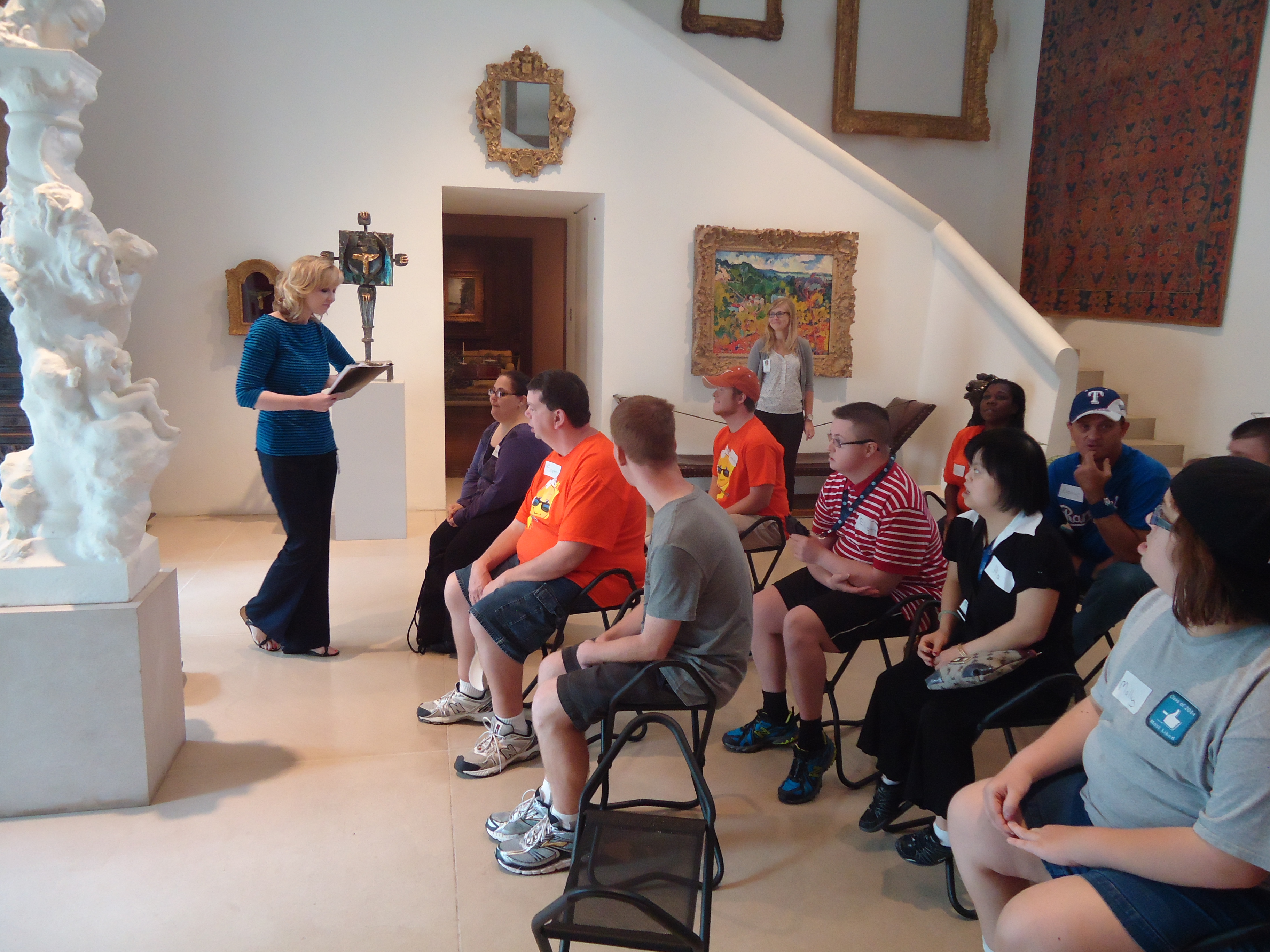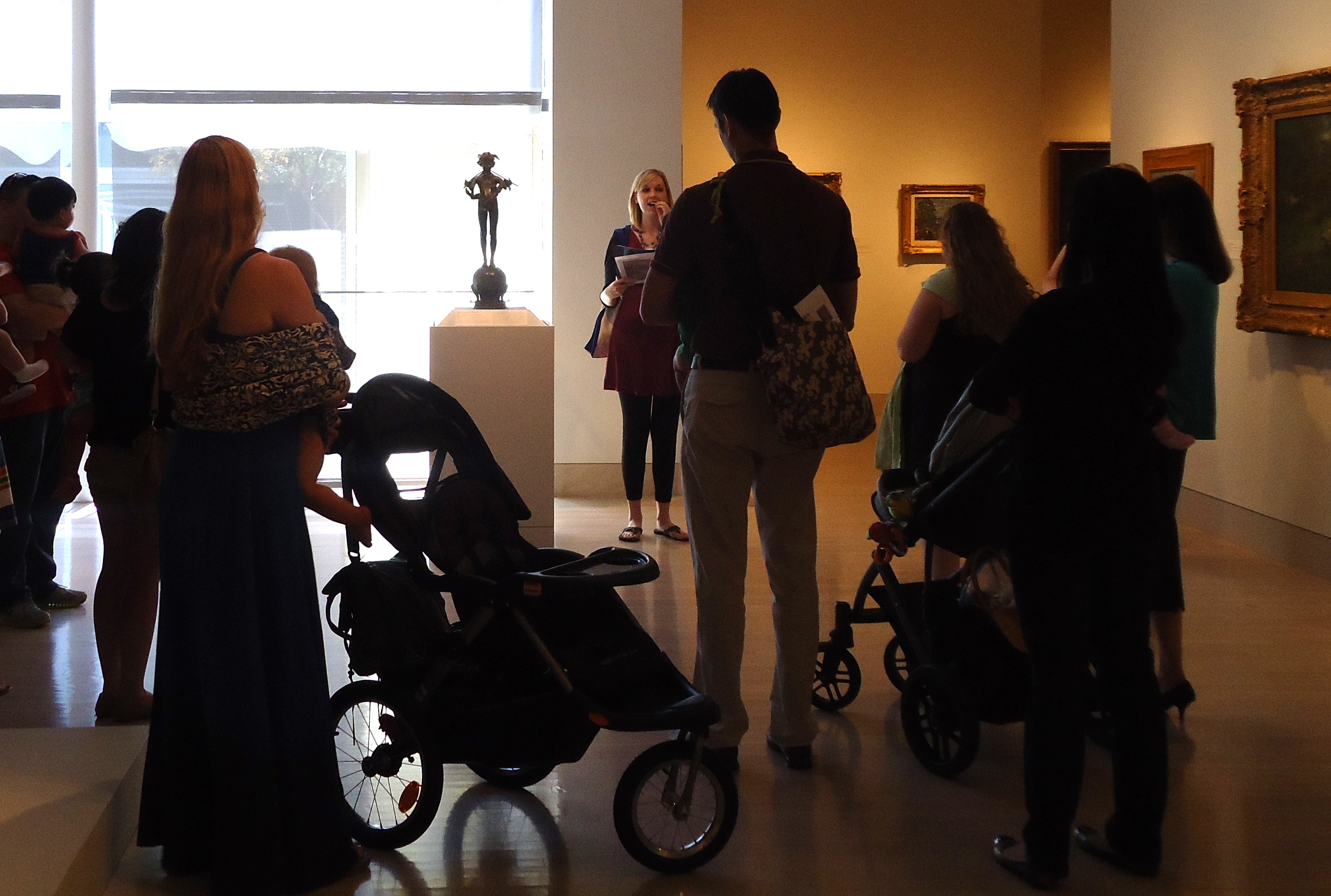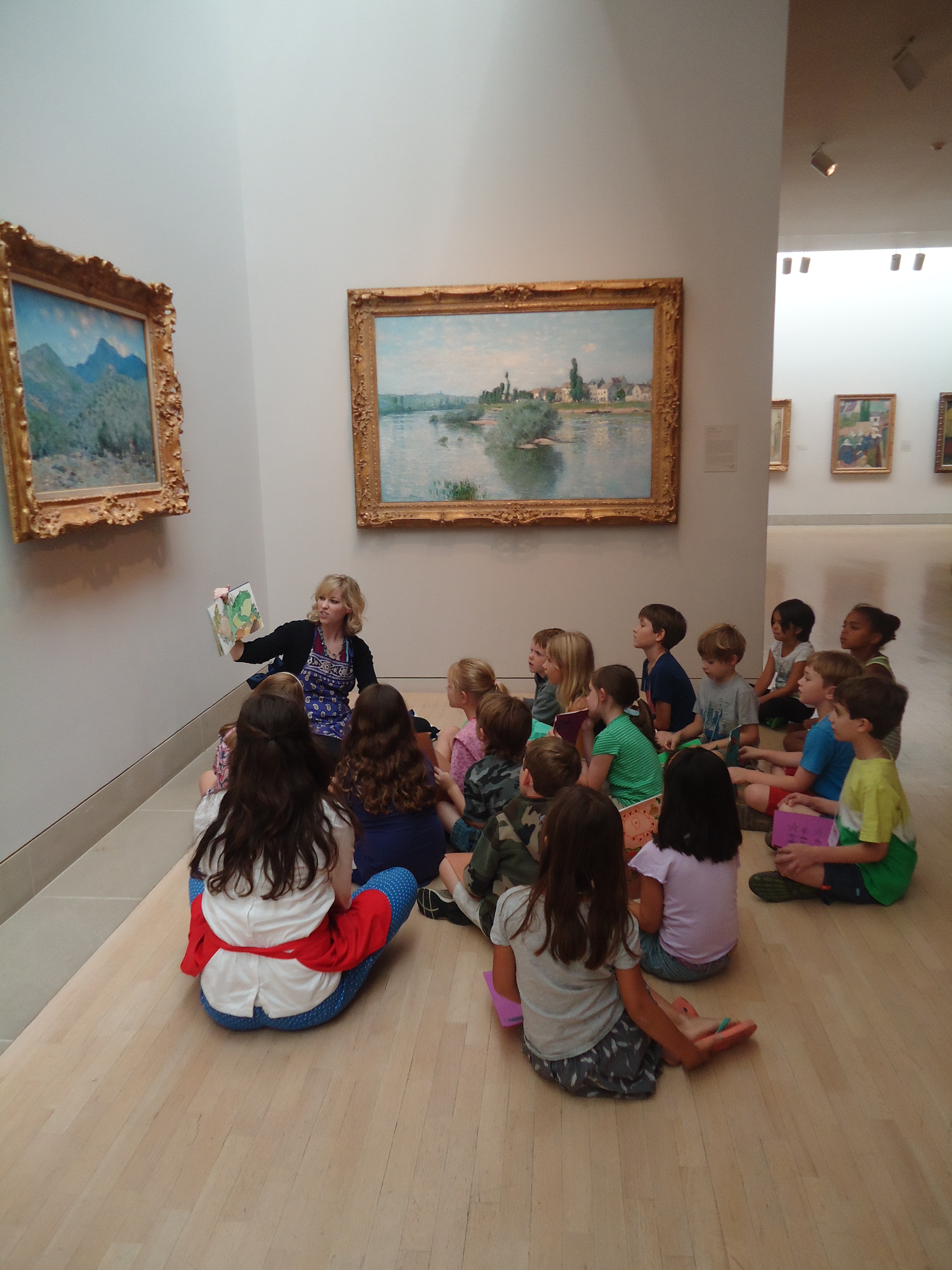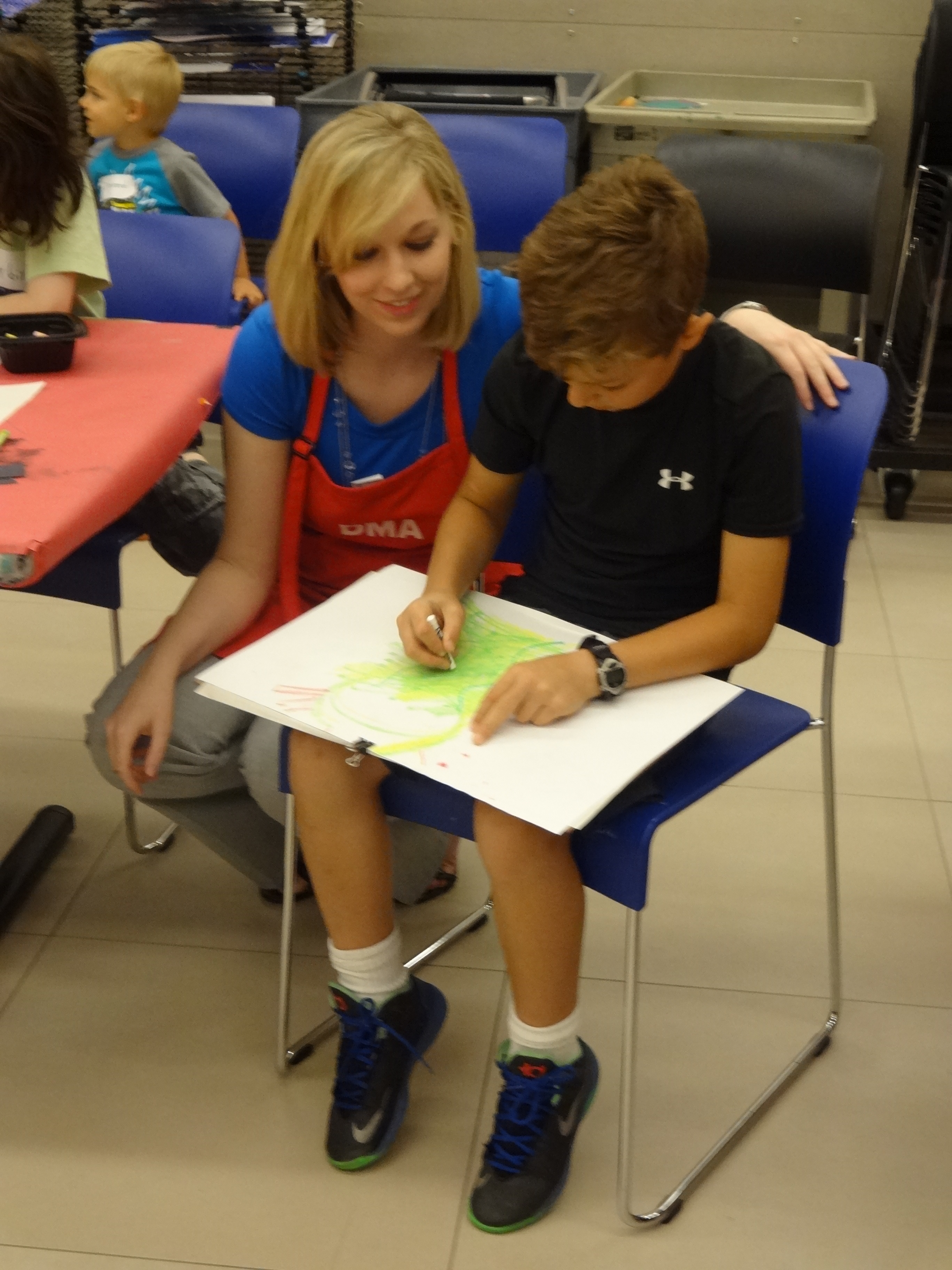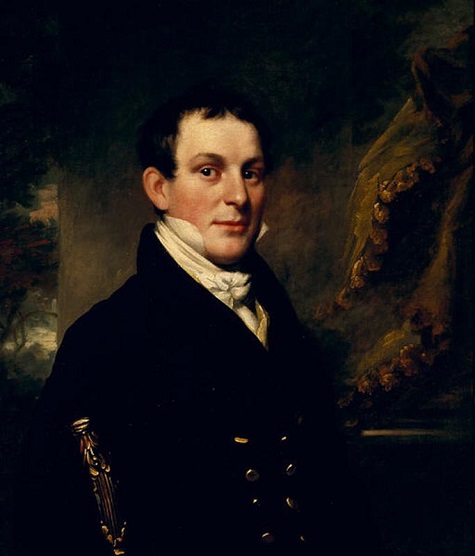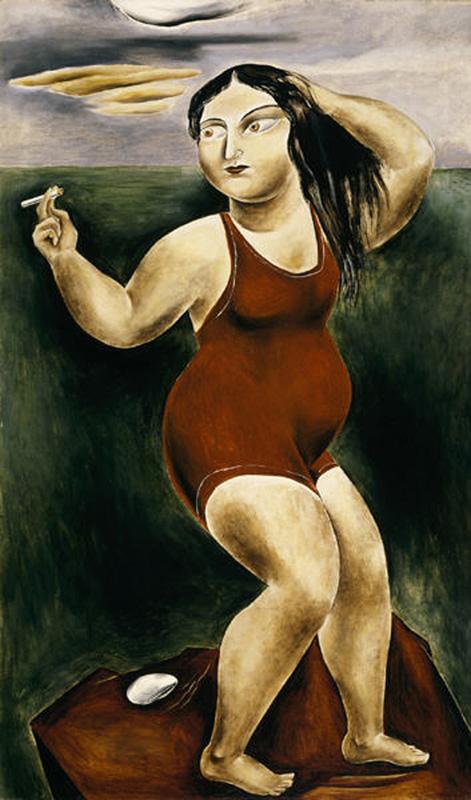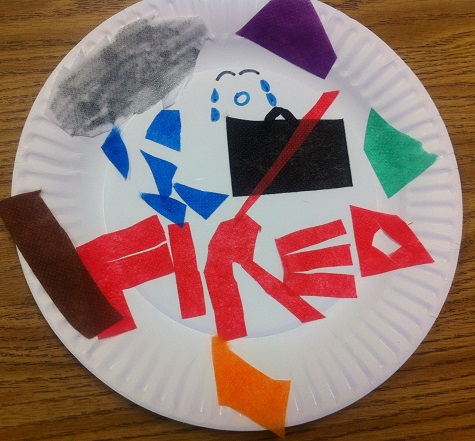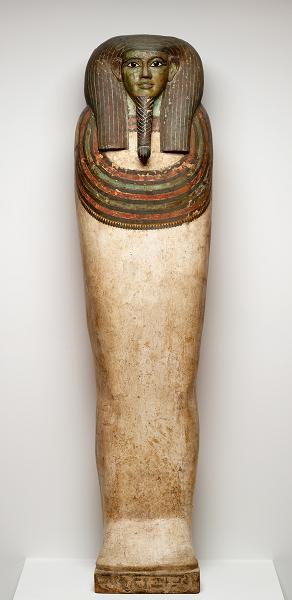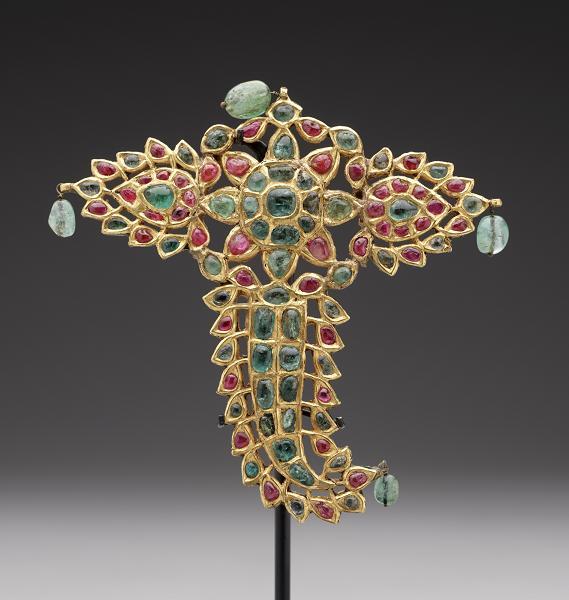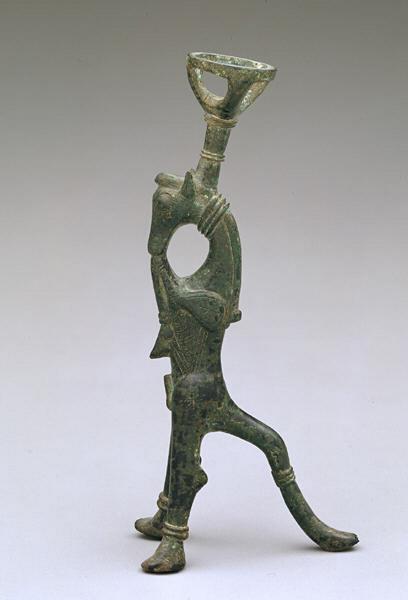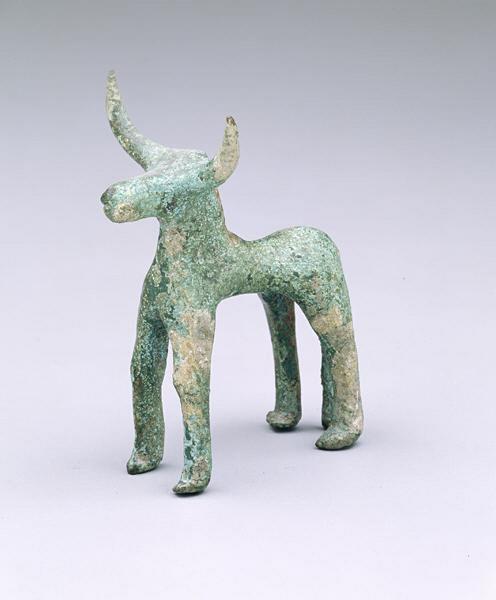September brings the beginning of the new school year, (somewhat) cooler weather, and–most exciting of all–the new batch of McDermott Interns! As part of the Education and Curatorial Divisions, the McDermott Interns gain valuable experience while exploring museum work here at the DMA. The Education division is happy to introduce three fresh new faces to our blog-o-sphere: Amy Elms, McDermott Education Intern for Visitor Engagement; Hayley Prihoda, McDermott Education Intern for Gallery and Community Teaching; and Amelia Wood, McDermott Education Intern for Family and Access Teaching. These lovely ladies will be writing many posts throughout the coming year so we wanted to give them a fitting introduction!
Amy Elms
McDermott Education Intern for Visitor Engagement
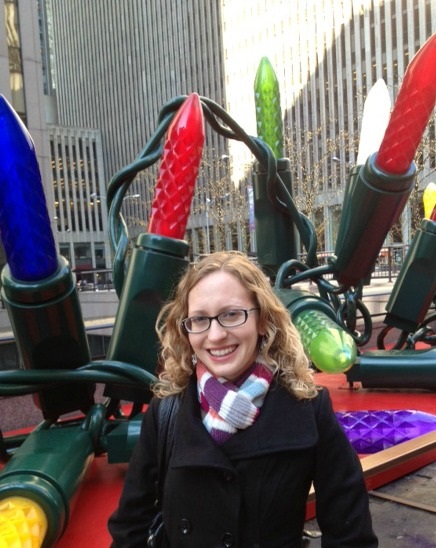
I earned a BS in Communication Studies from the University of Texas at Austin and an M.Ed. in Culture & Curriculum focusing on Art Education & Visual Culture from Texas A&M University. Besides interning at the Austin Children’s Museum and Artpace San Antonio, I spent the past two years regularly volunteering with the Harry Ransom Center on the University of Texas at Austin campus. I love to explore the outdoors, especially hiking and swimming. I have a newly discovered love of stand-up paddle boarding, and want to take a rock climbing class in the future!
Which area of the DMA’s collection are you most excited about exploring?
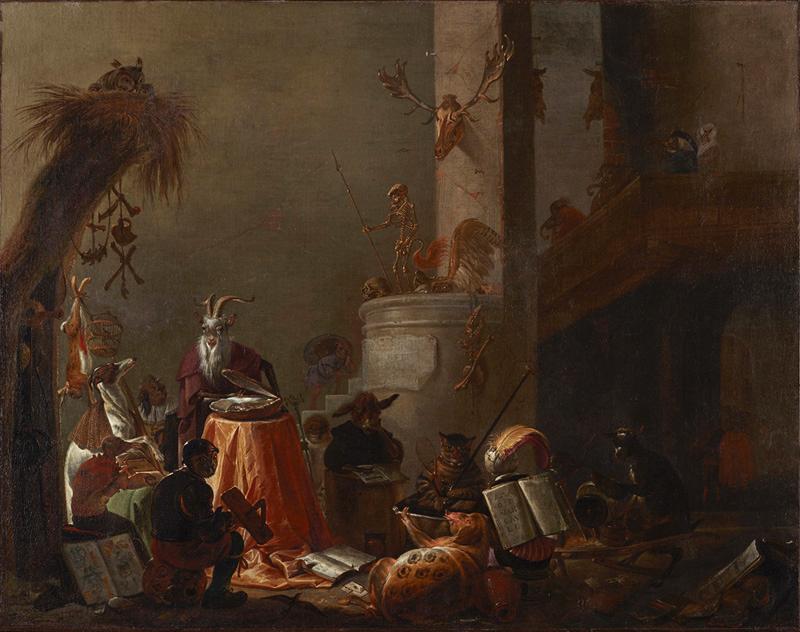
Cornelis Saftleven, College of Animals, 1655
The DMA’s Asian art collection dates all the way back to the 2nd century and I am amazed by the intricate details that are still so evident in each work of art, whether it’s a sculpture or a woodblock print. While exploring the museum’s galleries recently, I also came across Cornelis Saftleven’s College of Animals and loved the humor and symbolism of the painting. I want to learn more about the meaning behind each one of the animals represented in Saftleven’s work.
Which program or area of the Museum are you most interested in learning about?
I’m definitely excited to learn more about the Center for Creative Connections since this learning environment will be the focus of my internship. I’m a huge supporter of museums that create innovative, interactive programs to encourage visitors to become more connected with exhibition materials. C3 offers programs and activities to people of all ages and explores ways of using technology to create a more immersive, memorable experience for visitors.
What features of Dallas do you want to experience during your time here?
Besides exploring all of the museums that DFW has to offer, I also really want to visit the Dallas World Aquarium and the Dallas Arboretum & Botanical Garden, I’ve heard that both places are a must-see during my time here!
Hayley Prihoda
McDermott Education Intern for Gallery and Community Teaching
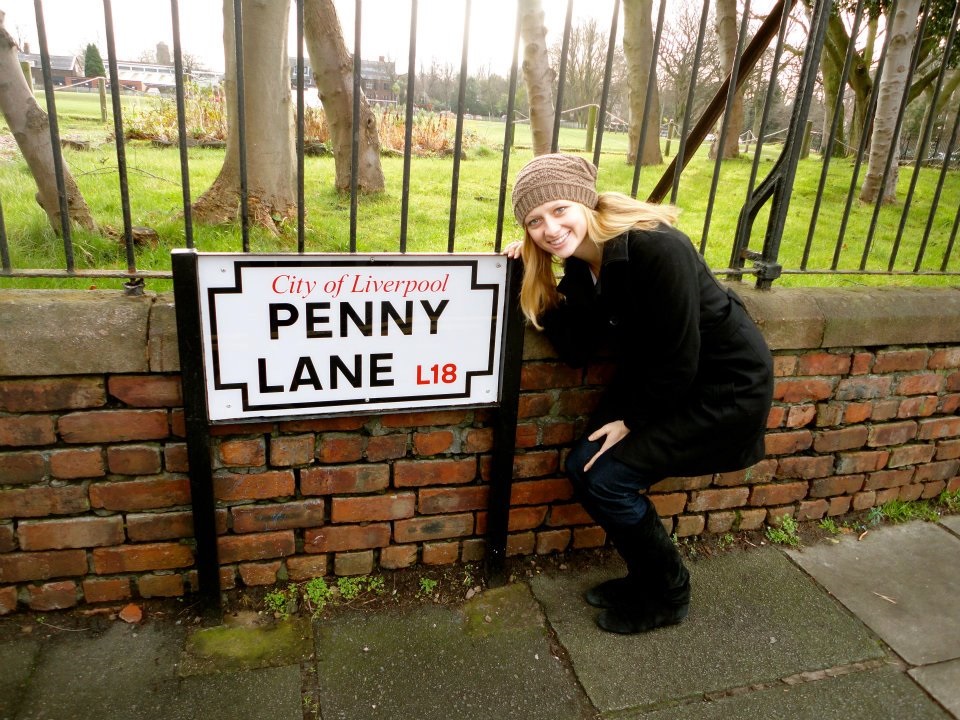
I was raised in Cary, Illinois, a northwest suburb of Chicago. My mom was a stay-at-home mom when I was growing up and persistently, even sometimes to my sister’s and my dismay, brought us to museums, art galleries, musicals, and cultural events. At the time, I didn’t know how much this early exposure to the art world was going to direct my future interests and career aspirations. In the spring of 2012, I studied abroad in London and had the amazing opportunity to intern at the Royal Academy of Arts. After this experience, my aspiration to work in an art museum was solidified. I graduated from Indiana University with a BA in history and minor in art history this past May and spent the last two months as an intern at the National Gallery of Art.
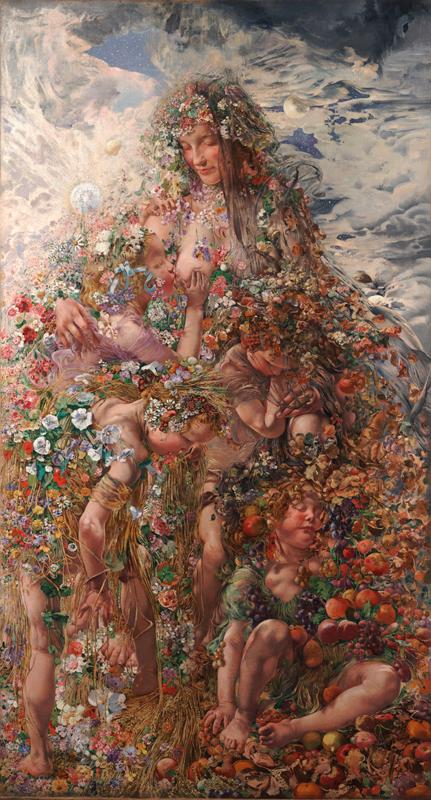
Léon Frédéric, Nature or Abundance, 1897
Which area of the DMA’s collection are you most excited about exploring?
I am very excited to spend time with the European and American art collections. One of the pieces that first caught my eye in the collection was Léon Frédéric’s Nature or Abundance. I like the colors and intricate details of the work but, most of all, I like the implications of this piece as a statement on the industrialization of the late 19th century. I really enjoy placing works of art in their historical context and using this background as a platform for studying the piece.
Which program or area of the Museum are you most interested in learning about?
I am very excited to work with the docent program this year. Having spent only one day with the docents thus far, I am already inspired by their passion for the DMA and the pride and enthusiasm they have for their position. I just hope that I can teach them as much as I know they will teach me!
What features of Dallas do you want to experience during your time here?
Being brand-new to Texas, I am really looking forward to embracing all that this area has to offer! Fall is my favorite season and I have heard that October is an especially fun month in Dallas, so I hope to attend the Lamar Street Festival, The Aurora Project, and Index Fest 2, all in the same weekend! And I am also hoping to fit in a Dallas Cowboys game and a trip to the Texas State Fair! I feel very grateful to have landed this position at the Dallas Museum of Art and greatly look forward to what the next 9 months have in store!
Amelia Wood
McDermott Education Intern for Family and Access Teaching

I grew up in North Adams, a small town tucked away in the valleys of western Massachusetts. The opening of Massachusetts Museum of Contemporary Art in 1999 not only transformed my hometown but sparked my interest in arts education. I graduated from Massachusetts College of Liberal Arts with a BA in Fine and Performing Arts in 2006. After college, I embarked on a career in early childhood education in Burlington, VT, where I took part in the Vermont Child Care Apprenticeship Program. I returned home in 2010 and continued my work in early learning as a toddler teacher at the Williams College Children’s Center. During my final year at the children’s center, I designed a bridge program that organized visits for the center’s preschool and school age children to the Williams College Museum of Art (WCMA). In 2012, I joined the fantastic team at WCMA as the Coordinator of Education Programs and found my calling.
Which area of the DMA’s collection are you most excited about exploring?
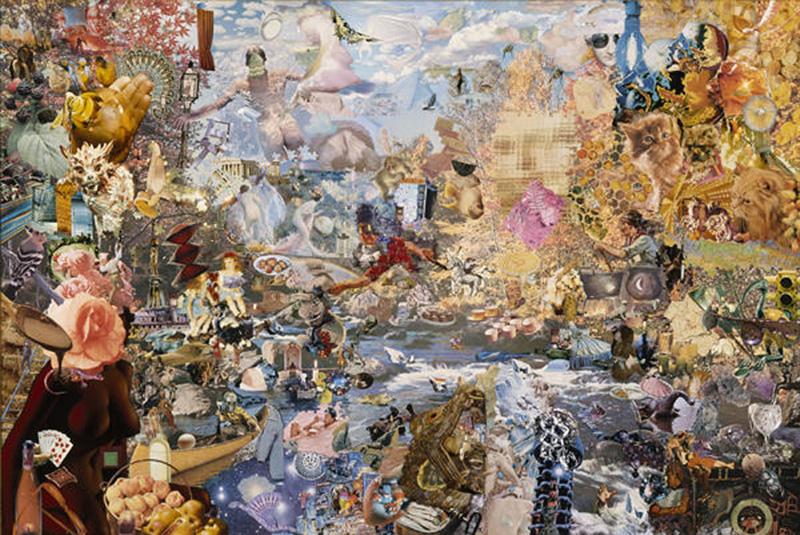
Jess, Arkadia’s Last Resort; or, Fête Champêtre Up Mnemosyne Creek, 1976
I’ve recently gotten back into collaging, so I am most excited by the collage and assemblage artists in the DMA’s contemporary art collection. I’d be thrilled to spend some time with any of the works by Joseph Cornell, Louise Nevelson, Robert Rauschenberg, and Jean Tinguely. And I was psyched to discover that the DMA owns Arkadia’s Last Resort; or, Fête Champêtre Up Mnemosyne Creek by Jess, who is one of my recent artist inspirations.
Which program or area of the Museum are you most interested in learning about?
During my internship, I’m looking forward to working with children of all ages in the Museum’s early learning classes, family and access events, and Late Night programs. I’m also interested in working with the Go van Gogh school and outreach program, as well as the hands on art-making experiences offered in C3.
What features of Dallas do you want to experience during your time here?
Because I’m new to Dallas–and to city life in general–I’ve enjoyed taking in the sights and sounds of my new home. The Dallas Arts District is an area of interest to me and I look forward to delving into Dallas’ vast arts community in the coming months. I’m also an avid runner, and am training for the Dallas Marathon in December, so I look forward to exploring the downtown area during my long runs.
Special thanks to Amy, Hayley and Amelia for the illuminating information. Keep an eye out for all the great posts and programs these ladies will be sharing with us throughout the year!
Artworks shown:
- Cornelis Saftleven, College of Animals, 1655, Dallas Museum of Art, The Karl and Esther Hoblitzelle Collection, gift of the Hoblitzelle Foundation
- Léon Frédéric, Nature or Abundance, 1897, Dallas Museum of Art, Foundation for the Arts Collection, Mrs. John B. O’Hara Fund
- Jess, Arkadia’s Last Resort; or, Fête Champêtre Up Mnemosyne Creek, 1976, Dallas Museum of Art, General Acquisitions Fund
Danielle Schulz
Teaching Specialist


